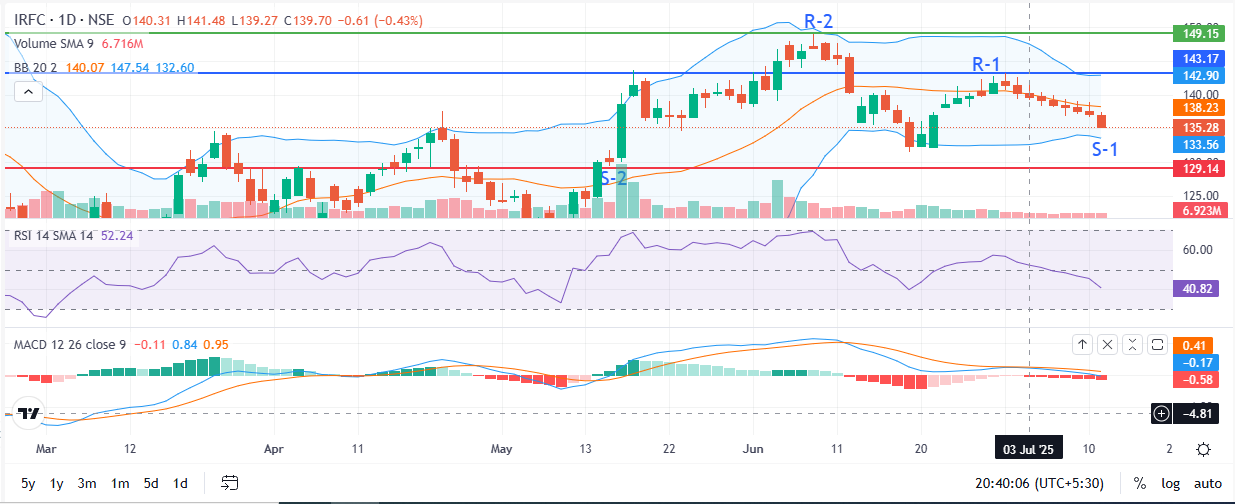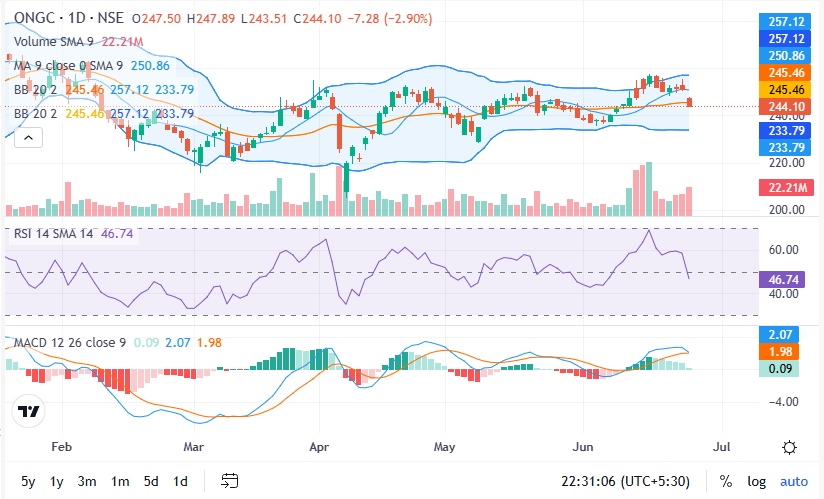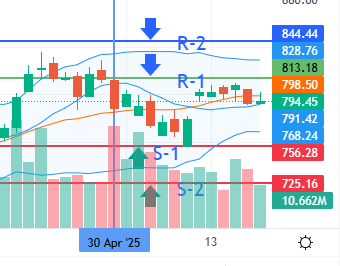Overview
Finding the mythical multibagger, the one stock that transforms ₹10,000 into ₹1,00,000 over a few years, is every investor’s dream. The phrase “multibagger” has come to mean wealth creation through stock shares in Indian financial circles. However, how are multibagger stocks determined? How can Indian investors identify stocks that are about to skyrocket in value?
This article will explain how multibagger stock selection in the Indian stock market operates, with an emphasis on the principles, essential characteristics, and tactics used by seasoned investors.
A Multibagger Stock: What Is It?
A stock that increases in value multiple times over the original acquisition price is known as a multibagger. A 10-bagger offers 10x returns, whereas a 5-bagger offers 5x returns. These stocks are supported by solid fundamentals, expanding industries, and market re-ratings and often emerge over an extended period of time.
📊 What Causes a Stock to Rise in Value?
Before a company generates multibagger profits, a number of things operate in the background:
Growth in Earnings
The best predictor of long-term success is frequently consistent growth in sales and profit margins.
Scalability of Businesses
A company is scalable and frequently a multibagger if it can grow without raising expenses accordingly.
Devaluation
Stocks with greater upside potential are those that are offered below their intrinsic value, particularly in underappreciated or misunderstood industries.
Positive Macroeconomic Patterns
Government reforms, sectoral tailwinds, or policy changes can all serve as catalysts.
Robust Holding of Promoters and Clear Governance
Investor confidence is increased by high promoter stake and company governance norms.
Important Characteristics of Possible Multibagger Stocks
If you’re looking to diversify your investment portfolio, search for equity shares that show:
| Trait | Why It Matters |
| Low Debt-to-Equity Ratio | Ensures financial health |
| High Return on Equity (ROE) | Reflects efficient capital use |
| Consistent Cash Flows | Fuels business expansion |
| Expanding Market Share | Indicates competitive strength |
| Visionary Leadership | Drives long-term strategic growth |
| Product Innovation | Helps disrupt stagnant markets |
| Reasonable Valuations | Avoid buying into hype |
Essential Structures for Multibagger Recognition
In the Indian environment, investors can identify multibagger stocks using a few tried-and-true methods and frameworks:
1. The Indian market-adapted CANSLIM Method
This was first created by William O’Neil and combines:
Present-day profits
Annual income
A new product or management
Demand and supply
Leader or lag Gard
Institutional assistance
Direction of the market
2. Investing in Coffee Cans
Choose businesses that are fundamentally sound, then forget about them for ten years. This approach, which was made popular in India by Saurabh Mukherjea, is most effective with reliable compounders such as Asian Paints, HDFC Bank, or Page Industries.
3. Growth at Reasonable Price, or GARP
a compromise between value and growth investing. Businesses that frequently suit this description include Titan, D-Mart, and Infosys.
Examples of Indian Multibagger Stocks in Real Life
Note: Future performance may differ; however, these stocks have historically been multibaggers. Before you invest, do your own research.
| Stock Name | Returns Over 10 Years | Why it Worked |
| Eicher Motors | ~35x | Strong brand (Royal Enfield), profit margins, rising demand |
| Bajaj Finance | ~50x | Aggressive retail lending model, digital growth |
| Titan Company | ~40x | Retail penetration, brand trust, market expansion |
| Avanti Feeds | ~25x | Sector leadership, scalable business in aquaculture |
| Page Industries | ~30x | Consistent performance, strong brand (Jockey) |
How to Choose Indian Multibagger Stocks
Here is a quick checklist for Indian investors hoping to find their next great financial success:
✅ Step 1: Quality Screening
Utilize resources such as Moneycontrol, Tickertape, or Screener.in to identify businesses that have:
ROE greater than 15%
Equity to Debt < 1
Over a five-year period, revenue and profit growth exceeded 15% CAGR.
✅ Step 2: Examine the Business Knowledge
What the business does
Who are its rivals?
What distinguishes it (Moat)
✅ Step 3: Assess Management Examine for:
Trends in promoter shareholding
Insider purchasing and selling
Previous performance history
✅ Step 4: Seek Sectoral Development
Invest in companies in expanding industries. Specialty chemicals, digital services, renewable energy, and electric vehicles have all showed promise recently.
✅ Step 5: Observation and Patience
The market takes time to reward quality, even if your stock has all the necessary components. Hold on tight and monitor performance from time to time.
Typical Errors to Avoid When Investing in Penny Stocks: Low cost ≠ worth. Many fall short because of inadequate foundations.
Ignoring Hype Without Research: Don’t purchase a stock merely because it’s popular on YouTube or Twitter.
Absence of Diversification: Avoid overexposing your portfolio to a single stock, even if you think that multibaggers are possible.
Short-Term Mentality: It takes multibaggers years to mature, not months.
In conclusion
In the Indian market, choosing multibagger stocks requires patience, analysis, and reasoning rather than chance. Focusing on strong business models, competent management, and long-term trends greatly improves your chances of spotting the next big winner, even though there is no foolproof formula.
Given the Indian economy’s potential for structural expansion and rising retail stock ownership, there is now a greater chance than ever to identify tomorrow’s multibagger. Just keep in mind that, particularly in finance, consistent investing is preferable to quick betting.
Disclaimer:
This article is for informational and educational purposes only and does not constitute financial advice. Investing in the stock market involves risks, and readers should do their own research or consult a qualified financial advisor before making any investment decisions. The views expressed are those of the author and may not reflect the opinions of this blog or its affiliates.




